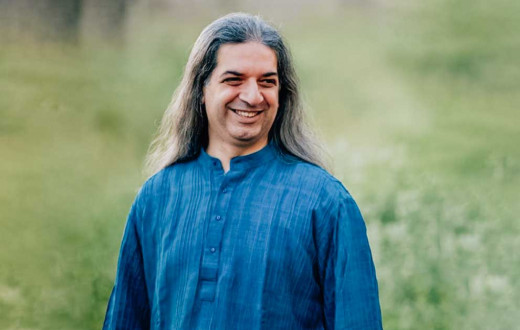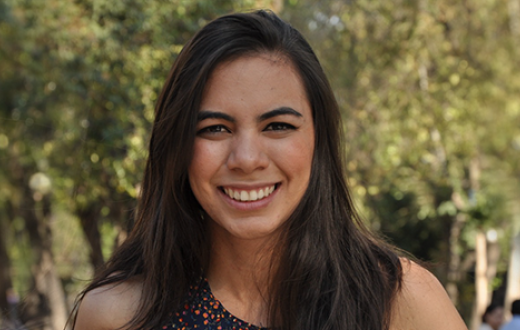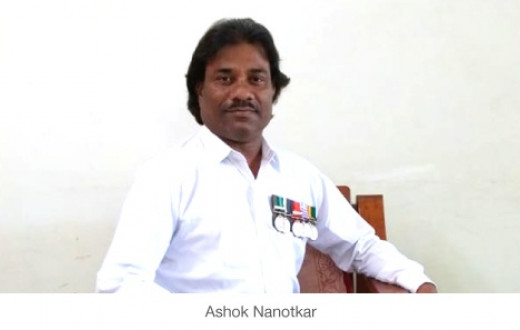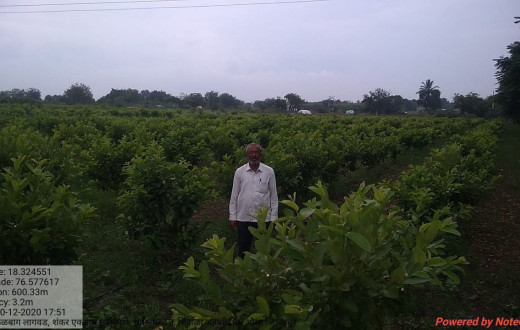An inspiring tale of how a 2,000-year-old indigenous seed changed this farmer’s life.
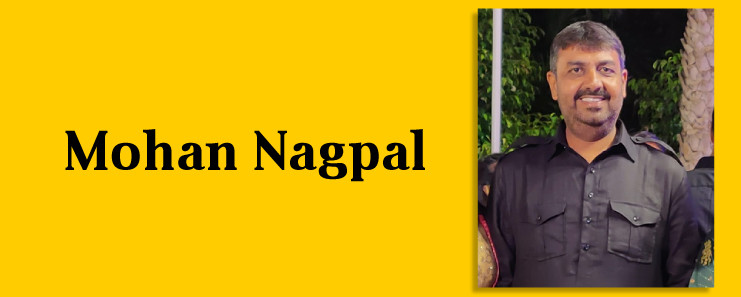
The winter sun warms me up as I bring my tractor to whirr across the field. Within a few months, this vast field of 35 acres will yield a 2000-year-old variety of wheat. Harvests will also include flaxseeds, chickpeas, mustard and black wheat - a rare indigenous seed I found in Karnal. A farmer had preserved them. All grown with natural farming. My peers call me mad for abandoning their traditional ways of agriculture where they feed the land with chemicals. I laugh along with them as they laugh at my incredulous farming experiments. My father too disapproves of it. Naturally, he is concerned as he does not fully understand the benefits of natural farming. So, I find him fuming more. But I manage somehow.
It is a wonderful day. The sunlight creates a beautiful effect as it falls through the November fog. My daughter loves it. She calls it magical. As for me, this khet ki mitti (the soil of the field) is magical. Even venerable. Saving it from chemicals has been a long-time goal. Doing that makes a world of a difference. It ensures good and healthy food for people - something which is my duty and passion, both.
A fistful of blessing
In 2014, this passion of mine led me to travel to Pingalwara ashram, an old-age home in Amritsar where they teach natural farming. The in-charge of the ashram told us about a different variety of wheat which is sugar-free. They gave me a handful of wheat as prasad (a holy gift) and they advised us to grow this wheat for the sake of humanity.
That year, I began my experiments with natural farming. Interestingly, the seeds I got from the ashram could only be grown without using chemicals because indigenous seeds need the soil's natural microbes to grow. Chemical fertilizers destroy these microbes and don't let such seeds survive.
Enthusiastically, I sowed these seeds on one-eighth acre of my field. The yield was 3 kg. In the second year, the yield was 80 kg. The next year, I grew 18 quintals of this wheat on 3 acres of land. Till this point in time, I was using the wheat for my family. Something mysterious happened during this time. My wife who had been suffering from anemia for a long time got cured. The doctor, I and my family were astonished. Yet, I was unsure of how it happened.
Soon, I was to meet the man who'd be helping us solve this mystery.
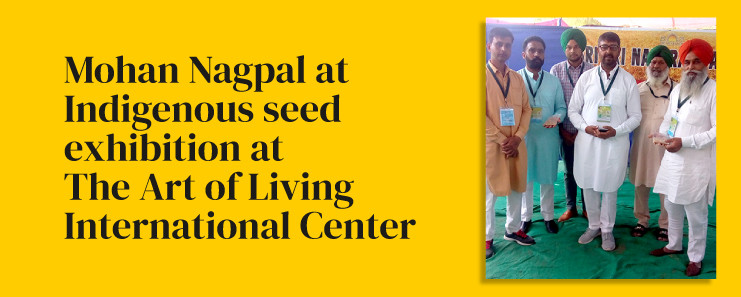
Secrets of a long lost wheat
Prabhakar Rao is an agricultural scientist from the Sri Sri Institute of Agricultural Sciences and Technology (SSIAST), an agricultural institute under the aegis of The Art of Living. He passionately talks about natural farming and has trained thousands of farmers.
He invited me for a natural farming meet happening in Punjab. That is where I showed him the incredible wheat variety which probably cured my wife of anemia. I quoted the in-charge of the Pingalwara ashram to him. That this wheat variety is sugar-free. He suggested to send the sample for testing and to specifically test certain parameters.
It was July 2018. Scientists in a top-notch lab in Delhi were about to confirm the claim of a humble ashram in-charge in an unknown corner of the world. The wheat variety was found to be low on sugar and gluten, and had 40% higher protein and fat than normal wheat. Prabhakarji also found the wheat to be a 2000-year-old seed variety.
But there was more to come. After a few months, in February 2019, Prabhakarji showed this wheat variety to Gurudev Sri Sri Ravi Shankar. Gurudev suggested that we get it tested for folic acid as well. "But no wheat has folic acid," quipped Prabhakarji on the phone. Yet I sent it again to Delhi for the test which showed the wheat to have three times more folic acid than any grain on the planet.
It was the wheat's folic acid that healed my wife from anemia.
Hitting home
Gurudev started speaking about this miracle wheat on his tours. He even gave it a name - Sona Moti. I started getting calls from consumers across the world - Dubai, Pakistan, England, and so on. I attended the indigenous seed conference organized by The Art of Living where I spoke about this wheat. Farmers found it fascinating. I also met other farmers who practiced natural farming. My learnings about the method grew after I participated in SSIAST's natural farming workshop. I learned about mixed cropping, which could improve soil fertility and increase profits. I learned about mulching which increased the nutrient content of the soil.
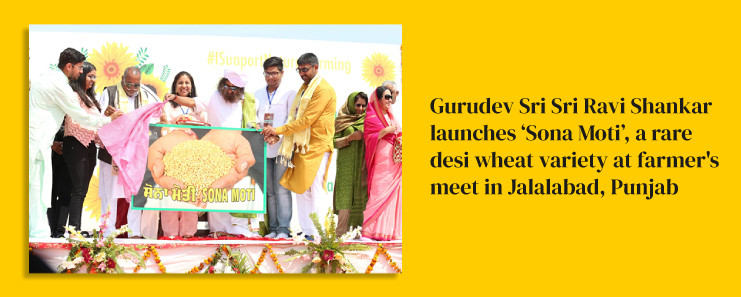
Meanwhile, Gurudev continued to speak about Sona Moti at all farmer events. During the following months, 300 farmers across India bought the miracle wheat seed from me.
This year, I have a huge demand for Sona Moti which led me to take the plunge which I always wanted to take: grow everything with natural farming
So, here I am, still laughed at by my peers, growing not just chemical-free food but actually a prasad for the masses. I have never been this content and satisfied.
- Varinder Mohan Nagpal, farmer, Punjab
As told to Vanditaa Kothari



